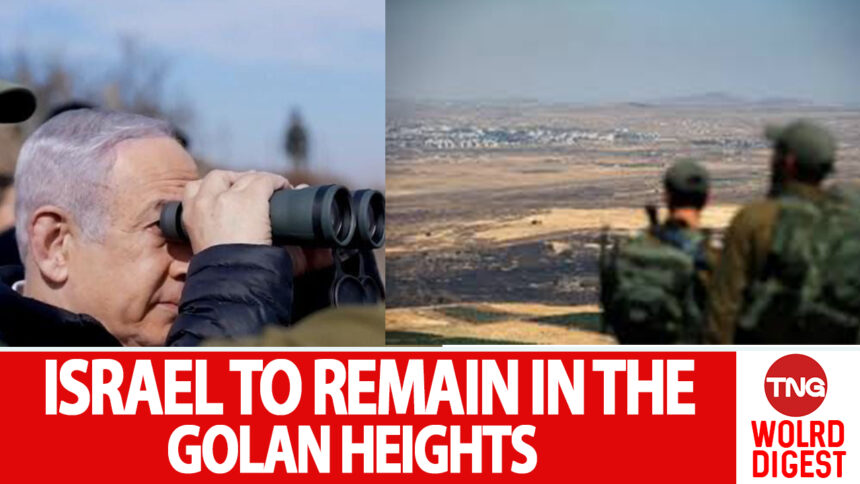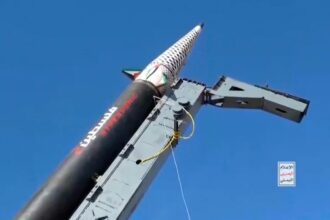Israel has announced its intention to remain in the Golan Heights indefinitely. This decision has sparked a firestorm of controversy and speculation.
According to reports, the office of Prime Minister Benjamin Netanyahu said in a statement that the government unanimously approved a plan to “encourage demographic growth in Golan settlements and Katzrin, with a budget exceeding 40 million shekels (11.13 million dollars).
The Golan Heights, a region of rolling hills and strategic military importance, has been in crisis in Middle Eastern politics for decades. Captured by Israel from Syria during the Six-Day War in 1967, the Golan Heights was effectively annexed by Israel in 1981, a move that has never been recognized by the international community. Fast forward to today, and Israel’s decision to solidify its presence in the Golan Heights is reigniting old tensions and raising new questions.
Originally part of Syria, the region has seen a series of leaders, from the ancient Israelites to the Ottoman Empire and finally to modern-day Syria and Israel. Despite international condemnation, Israel has maintained a firm grip on the region, citing security concerns and historical ties.
Israeli Defense Minister Katz stated: “The summit of Mount Hermon is Israel’s eye for monitoring near and far threats. From here, on the right, we watch Hezbollah in Lebanon, on the left, Damascus – and in front of us we see Israel – the Israeli army is here to protect the Golan and the citizens of Israel from any threat.”
Israel’s latest decision to remain in the Golan Heights is being framed as a necessary step for national security. Netanyahu told IDF commanders on Mount Hermon that Israeli forces will remain inside Syrian territory until at least the end of 2025.
The office of the Israeli prime minister explained that the plan was approved “in light of the war and the new front with Syria, and out of a desire to double the population of the Golan.” Approximately 50,000 people live in the occupied Syrian Golan Heights currently, half of whom are Israeli settlers with over 33 settlements.
It added: “This decision strengthens the Golan settlements and includes measures such as education, renewable energy, establishing a student village, and an organisational development plan to support the Golan Regional Council in accommodating new residents.”
Critics see this as a lightly veiled attempt to expand Israeli territory under the guise of security. The international community, including the United Nations, continues to view the Golan Heights as occupied Syrian territory. However, Netanyahu thanked U.S. President-elect Donald Trump for recognizing Israel’s sovereignty over the Golan Height in 2019, stressing that the area “will forever remain an integral part of the State of Israel.”
But what if there’s more to this than meets the eye? Could Israel’s decision be part of a larger strategy to reshape the geopolitical landscape of the Middle East? Netanyahu declared his commitment to occupying the Golan Heights, considering the fall of Bashar Al-Assad, the deposed President of Syria.
Some analysts speculate that Israel is positioning itself to take advantage of the chaos in Syria and the broader region. By solidifying its hold on the Golan Heights, Israel could be aiming to create a buffer zone against hostile forces and secure vital water resources.
Israel’s move to remain in the Golan Heights is more than just a strategic move. It’s a bold statement of intent in a region with unstable power dynamics. What do you think about Israel’s decision to remain in the Golan Heights? Let’s keep this conversation going in the comments below.














